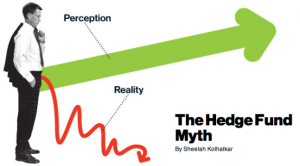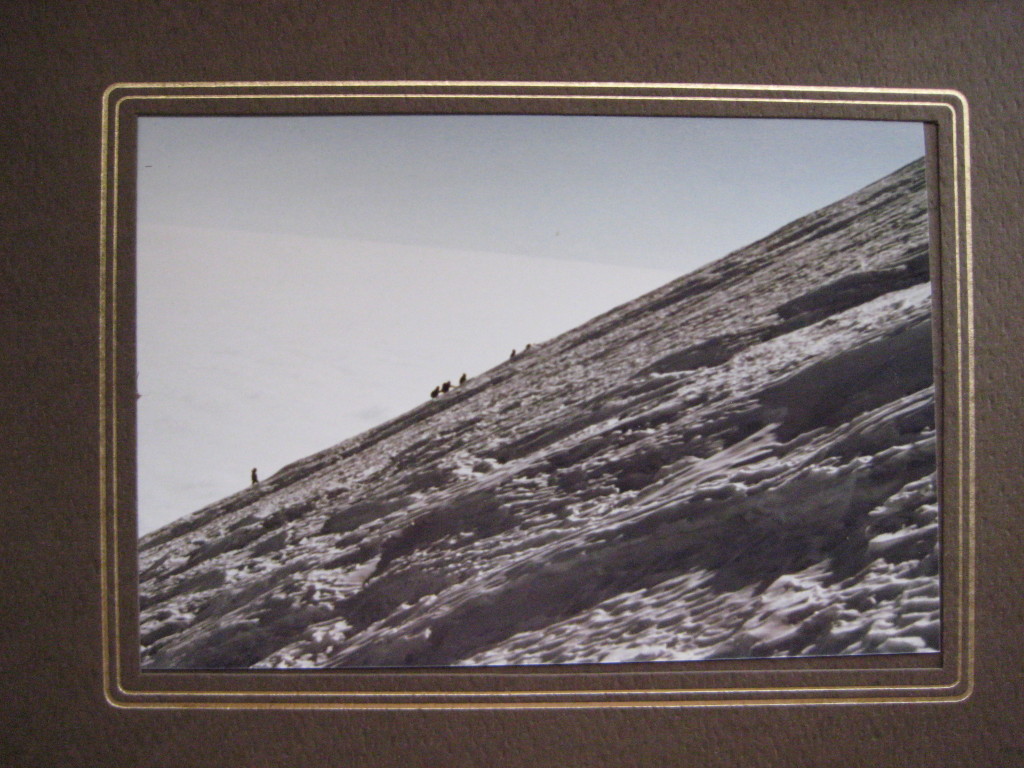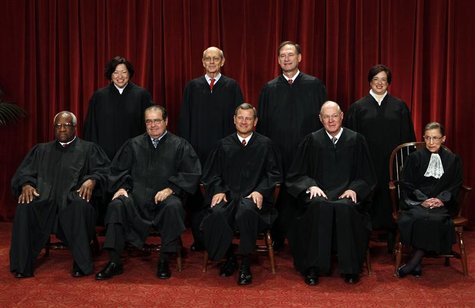Two Square Miles of the New West
I live in the New West (as in the Longmire TV series ‘west’ that has been filming in the alfalfa field down the road.) Interestingly, no one seems to have relayed this news to Mother Nature. And, as such things go, it may not be all that important anyway. It is worth pointing out, though, for those who require up to the minute briefings, that no text message, not a peep nor tweet about this development was sent to the many new-ish transplants to the region. I’m not sure who is culpable. Nevertheless, the fact is (you heard it here), the New West is as bloody as the Old.
When the church belfry was re-done some time back they discovered tons of collars and tags with names like Muffy, Spot and Max. Needless to say, there were also significant deposits of scat, bones, hair and fur. The pair of Great Horned Owls that are resident hereabouts take no prisoners — or rather, they do, but none escape to bark and meow about it. Before the dead tree by the old acequia pond toppled in a wind storm, I could drive home at night with the sun roof open and see the huge female look down at me with eyes imperious. What other animal observes one with such a superior, disdainful attitude? Actually, I anthropomorphize by writing ‘disdainful’. It is more accurate to say that I was an insignificant speck mostly beneath her concern.
Coyotes abound and a friend told me about a fellow who, while walking his Westies unleashed, had one of his precious white pups snatched by Mr. Wily and carried off to a certain doom. No children’s story of a cute domesticated doggy being taken away and raised by wild coyotes here.
Last summer we watched a coyote in the arroyo valley behind the house entice three dogs in a game of cat and mouse. The dogs, a German Shepard mix and two nondescript but sizable hounds, would chase after the playful coyote. When they tired the coyote would stop, turn around and taunt the dogs with its yipping bark into further continuing the chase. What the dogs did not know, and we could see from our bird’s eye vantage, was the rest of the coyote pack waiting, out of site, along the arroyo. It was like a ring-side seat for a PBS Nature episode. Singly, most coyotes are no match for a large dog, but working as a team, like wolves, they are masters of the hunt. An Australian cattle dog belonging to the neighbor on the next parcel was lost to them last year and one of my workmen had his great Rottweiler destroyed by a pack. The poor beast had to be put down.
I have yet to view a cougar, sometimes called mountain lions, but they’re around. A few miles away, toward Los Alamos, a guy who keeps ducks and geese was awakened by the manic sounds of his birds and went to the fenced area where they spend the night. He was dismayed to see a cougar going back over the fence with one of his ducks in its mouth. A few nights later the ruckus started again and he dashed out to see a black bear scaling the same fence, but with a goose. Drought and habitat loss, they say. And so it goes.
I have not been privileged to see one of the bobcats that prowl round about either. Definitely my loss. When we moved into this house we decided to get satellite TV instead of just staring at a blank screen. One of the features of our Spanish southwestern architecture is the ramada, an open porch roofed by thin beams, essentially an arbor. We have a nice one at the north end by the kitchen. On the section nearest a vertical wall it was thickly covered with climbing silverthorn. The planting expanded everywhere, topping out at the second story. I vividly remember the afternoon I heard a scream from the installing technician. Hurrying outside I expected to find him writhing on the ground from a fall. Instead, he was quivering saying a bobcat had jumped out of the dense greenery, shot past, leaped off the ramada onto the grounds and sped off. It was very exciting but had the unfortunate effect of dislodging the cat forever. My wife said, with little sympathy for any party, “Too bad!”
Snakes, scorpions and tarantulas are part and parcel of rural New Mexico living. I have yet to see a scorpion on the property but red racers, bull snakes and prairie rattlers are par for the course. I’ve taken Dharma, our yellow lab, to snake avoidance training to, hopefully, dodge the bullet that has plagued a neighbor: dogs dying from rattlesnake bite. Because of the nosing behavior of dogs they are most always bitten in the face. Such a bite is invariably fatal if you are not around to rush the dog to a vet for anti-venom. Even so, an unfair number succumb. Better to train the dog to avoid rattlesnakes like the plague.
Ah… plague, the Black Death, yes, it still exists, surviving quite comfortably here in the Land of Enchantment. As does hantavirus. The bacterial vector for transmission in bubonic plague is primarily the flea. It is carried on rodents like our endearing, big-eared and -eyed woodrat, more commonly called the pack rat from its habit of squirrilling away the shiny trinkets and detritus of human civilization. (They seem inordinately fond of the wiring on expensive European automobiles, frequently causing thousands of dollars of damage.) One of my good friends, a sturdy, strapping guy, may hold the world record for plague survival. He lived a week, undiagnosed, before his illness was accurately identified. Most people die a ghastly death by day four if they remain untreated.
Hantavirus in its pulmonary form appears to be spreading out from our Four Corners region. When the infected urine or feces of the Deer Mouse dries, and is aerosolized, it becomes possible to inhale the virus unknowingly. The problem is that it presents as a classic case of the flu. When left untreated it can be fatal.
The small inhabitants of our world are as noteworthy as the large — if harder to find and follow. I have watched a lizard in the back yard attack and tussle with one of the large, native centipedes. Some of these crawlies get as big as a #2 pencil. It was a battle worthy of the cheesy, cinematic, fighting dinosaurs from one of my childhood favorites: The Lost World. It took an hour for the chameleon to down the whole wiggling mass with the yet-to-be-swallowed tail half of the whipping centipede rolling the little lizard this way and that for the first 10 minutes of the fight.
Tarantulas, given a bad rap by Hollywood, are spectacular, large spiders, harming no one. It is a real treat to see one lumber along, minding its own business, heading for its hole in the ground. I am told they make nice pets.
All is not the survival of the fittest, however. (I lie, because really it is, we just don’t see it.) The last couple years the kestrel population has grown from never seeing one to having several resident families. A peregrine pair has returned for the last few breeding seasons as well. I am waiting for one to dive on the non-native intruders nesting in the juniper near the koi pond: Eurasian Collared Doves. First arriving in the States in 1982 they have spread like wildfire over the lower 48, adapting particularly well to human-altered environments. Ours are in their second season of setting up housekeeping.
Is it little wonder that so many of my easily unnerved and queasy coastal, big-city friends marvel at the rough and tumble available simply by stepping out our door? The New West may now be loaded with Birkenstocks, vegans and anti-gun sentiment, but it rides alongside much Old West wildlife and the struggle for survival still.
Oh… I have to stop now. The grand yipping and howling of a nearby coyote pack bears closer investigation. Perhaps they have waylaid a jack rabbit for tonight’s appetizer. Gain and loss, joy-pain, win-lose: the motion of life & death goes on, with or without our noticing or a ‘by your leave’.
As for me, I try to be aware. A key: keep your eyes open. Alert ears help, too.
People mean different things by the word ‘Nature’: some personify Nature; for some, Nature is an impersonal symbol; for some, Nature is an active force; for others, Nature is passive being; for some, Nature means God; for others, not. But whatever meaning we attach to the term, it is not true that Nature is cruel; and therefore it cannot be true that Nature sets a headline for man’s cruelty… . For nature does nothing idly, makes nothing bad or ugly…. — Arthur Aston Luce, Fishing and Thinking, London: Hodder and Stoughton; 1959.
Coda: The investigation had to be cut short. Fierce, and uncomfortably close, lightning played in the sky. It might have been the 4th of July. Finally, about 10:00 p.m., after ninety minutes of light show, the sky broke open from the east and we had a real, honest-to-goodness monsoon. A downpour of biblical proportions. The first decent drenching in about a year. A year in which many of our 1200 trees have begun to die; about all the vegetation in the back forty bit the dust by early summer.
When the cold rain hit, mixed with a little hail, I felt like raising my arms skyward in Moses-like supplication, sinking to my knees, kissing the hard earth. If you don’t live in the drought-gripped southwest you might not understand. If you do, you’ll be nodding your head saying, “Amen.”
Like this:
Like Loading...









